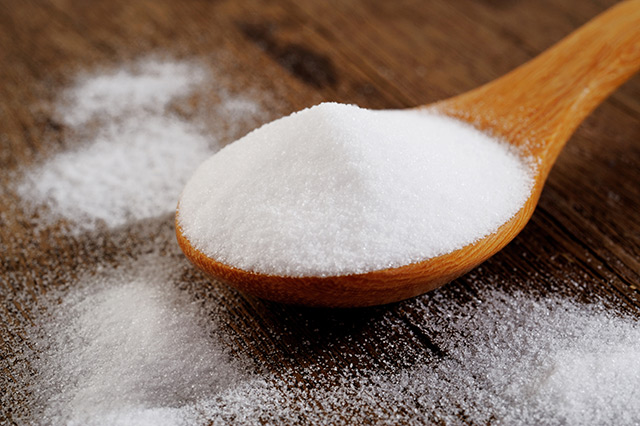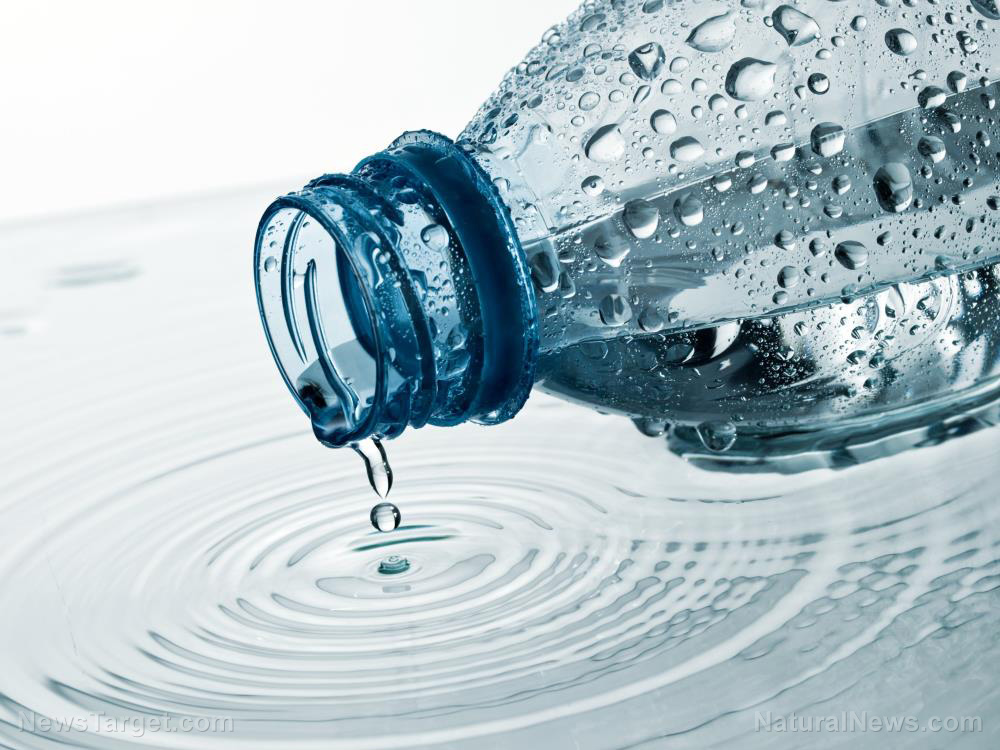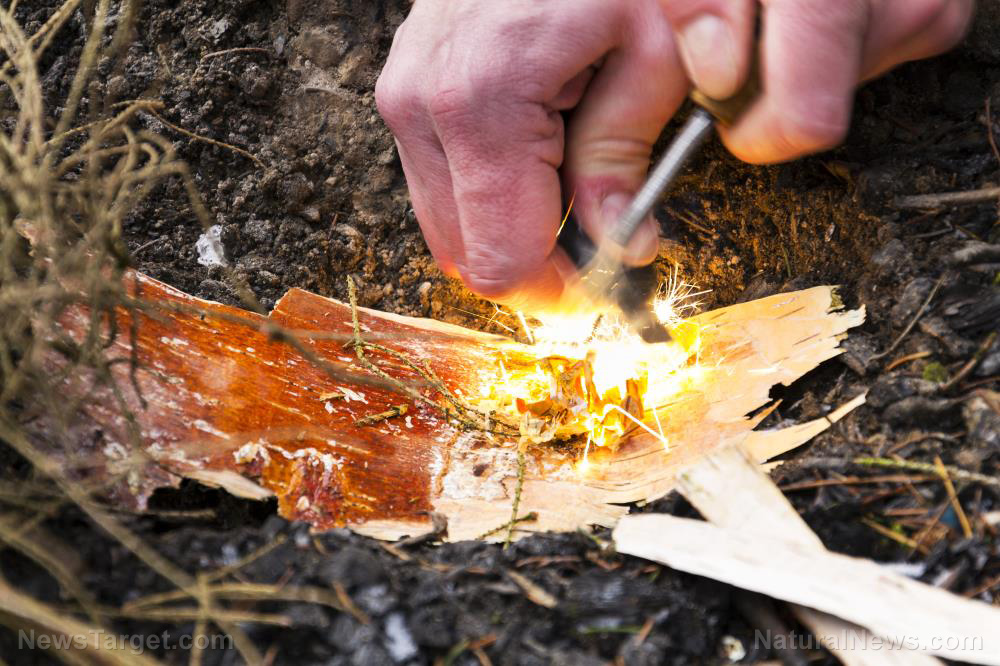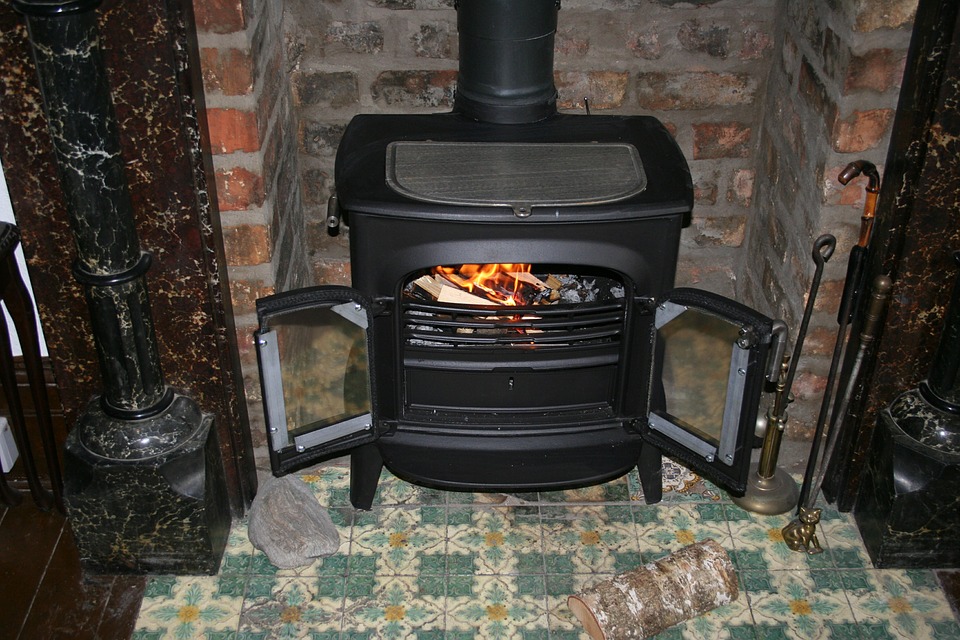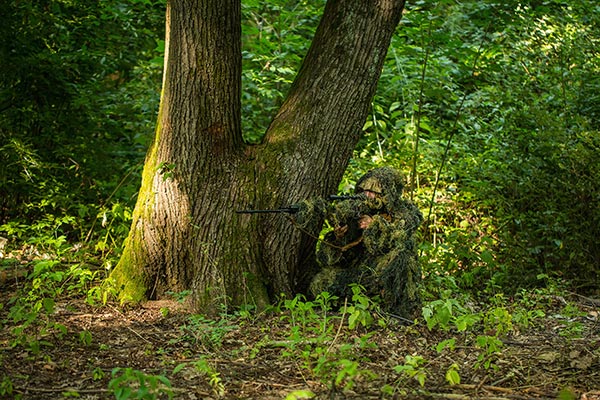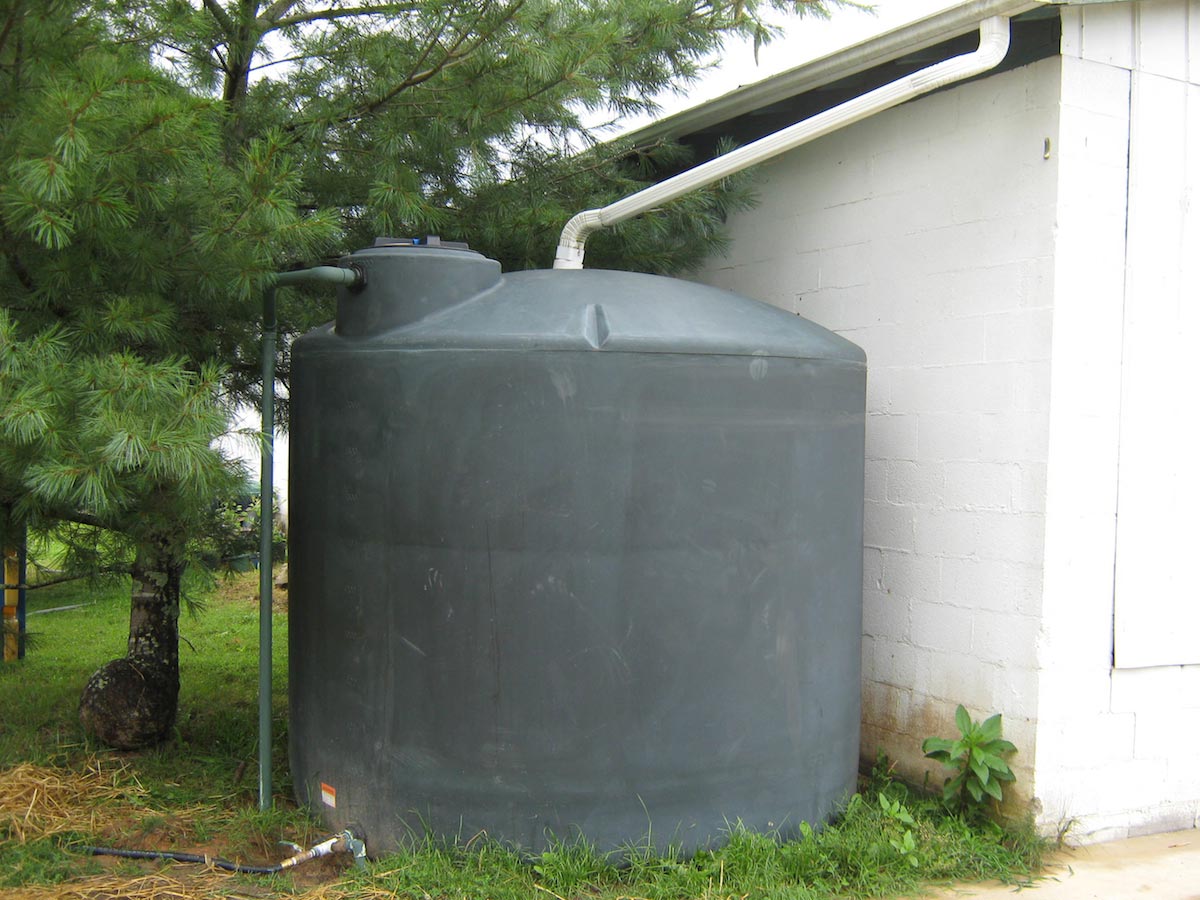Survival medicine: Prep dental kits before SHTF
07/09/2020 / By Zoey Sky

Survival preps often include food and various supplies for your stockpile. But before you forget, you must also prepare a dental kit so you can address minor dental emergencies when you are unable to reach a dentist in a post-SHTF world. (h/t to DoomAndBloom.net)
Maintain oral health to prevent dental emergencies when SHTF
The best way to prevent dental emergencies is to take good care of your oral health. A toothache doesn’t sound like a big deal until you’re in a post-SHTF world with no way to leave your house and reach a dentist.
Brush your teeth every day and floss to prevent plaque buildup. If you don’t take care of your oral health, even a simple toothache can interfere with your preps.
What happens if you have dental problems after disaster strikes?
- You’ll have trouble eating solid foods.
- You’ll get headaches.
- You may have trouble sleeping, which can affect your reaction time during an emergency.
- You won’t be able to focus on your preps of the pain and sleep deprivation.
- Your dental issues may eventually turn into an infection.
Preparing a dental kit
Keep your dental kit portable so you can easily bring it with you if you need to bug-out. Include hypoallergenic nitrile gloves and face masks to maintain proper hygiene when dealing with dental emergencies.
You’ll also need these other items in your dental kit:
- A 12cc curved irrigation syringe to clean areas that you’re working on.
- Blood-clotting agents like Act-Cel to control bleeding in the mouth after extractions or other procedures.
- A bulb syringe to blow air and dry teeth so you can see the affected area better.
- Commercial temporary filling material (e.g., Cavit, Den-temp or Tempanol).
- Cotton pellets, cotton rolls, cotton swabs and gauze sponges cut into small squares.
- Dental elevators, which are thin, solid chisel-like instruments used during extractions to separate the ligaments that hold teeth in their sockets. Get #301 or #12B elevators for your kit.
- Dental floss, dental picks, toothbrushes and toothpaste. If you run out of toothpaste, use baking soda.
- Dental mirrors
- Dental or orthodontic wax for braces. You can also use clean candle wax to splint a loose tooth to other teeth.
- Dental probes or “explorers.”
- Dental scrapers or scalers to remove plaque and probe affected areas.
- Dental tweezers.
- DenTemp Toothache Drops (Benzocaine).
- Extraction forceps, which look like pliers with curved ends. These are available in versions specific to upper and lower teeth.
- Oil of cloves (eugenol), a natural anesthetic. Eugenol can burn the tongue, so only apply it to the patient’s teeth.
- Oil of oregano, a natural antibacterial agent.
- Red Cross Toothache Medicine (contains 85 percent eugenol).
- A rubber bite block to keep someone’s mouth open. Alternatively, you can use a large eraser.
- Scalpels (#15 or #10) to incise and drain abscesses.
- Spatula or a tongue depressor for mixing.
- Spoon excavators, which have a flat, circular tip, are used to “excavate” decayed material from teeth.
- Sutures. Prepare a kit with forceps, a needle holder, scissors and suture material to control of bleeding after extraction.
- Zinc oxide powder. Add two drops of clove oil to make it harden into temporary filling cement.
Note that there are many kinds of extractors for different types of teeth. Try to include these extractors in your dental kit:
- -#151 or #79N for lower front teeth
- -#150A or #150 for upper front teeth
- -#23, best for lower right or left molars
- -#53R, best for upper right molars
- -#53L, best for upper left molars
Checking someone’s teeth after SHTF
Before you start examining someone’s mouth, wash your hands and wear a pair of gloves.
Always clean or sterilize your instruments between exams. Use alcohol or a bleach solution if there was no blood involved. You’ll need to clean your tools in boiling water if they touch blood after an exam.
- Ask the patient to open their mouth. Use a dental mirror and dental probe to check their teeth. Ask if they have any problems opening and closing their mouth.
- Look for sores at the corner of their mouth, which may indicate vitamin B2 and other nutritional deficiencies.
- Check their cheek linings, the tongue, the roof of their mouth, tonsils and the back of the throat.
- Are their gums pink and healthy or red and swollen? Do they bleed even when lightly touched by a probe?
- Are their tonsils enlarged? Is the back of their throat reddened and dotted with pus? Pus in the back of the throat may indicate tonsillitis or strep throat.
- Check their teeth using the dental explorer. Look around for cavities or a dark pit where bacteria have demineralized the enamel.
- If you can’t see fractures, missing fillings or other issues, the patient may be experiencing decay between teeth or below the gums, causing pain. (Related: The toothache tree: Native survival medicine for pain and other uses.)
Never attempt dental procedures if you have no experience treating dental conditions and defer to an experienced dentist whenever possible.
Before SHTF, maintain oral health to prevent any dental emergencies. However, in a post-SHTF world, you may have to take matters into your own hands. After identifying the cause of the patient’s concern, use the tools in your dental kit to deal with any dental problems.
Sources include:
Submit a correction >>
Tagged Under:
alternative medicine, bug out, dental health, dental hygiene, dental kits, emergency medicine, natural cures, natural medicine, off grid, oral health, oral hygiene, pain relief, preparedness, prepping, remedies, self sufficiency, SHTF, survival, survival medicine, Survival Tips, teeth
This article may contain statements that reflect the opinion of the author
RECENT NEWS & ARTICLES
COPYRIGHT © 2017 OFFGRID NEWS



